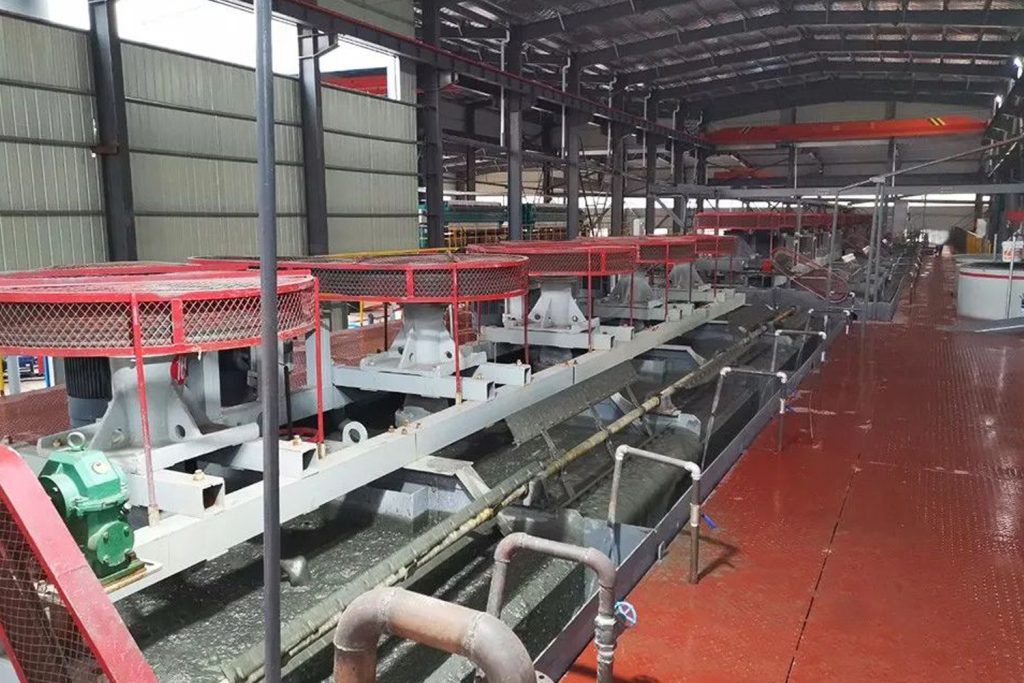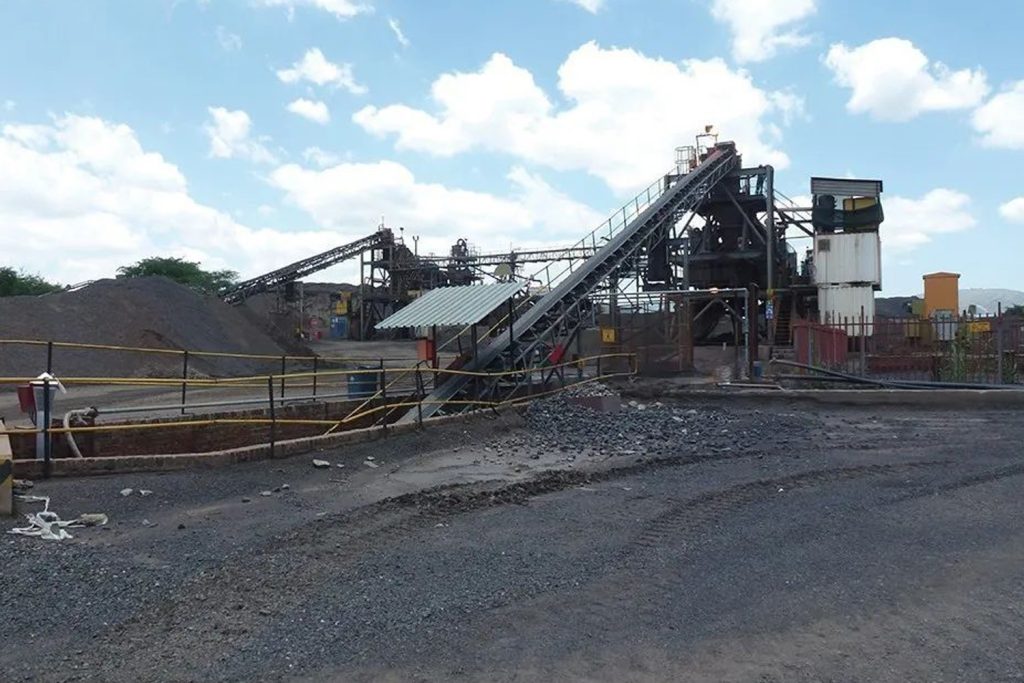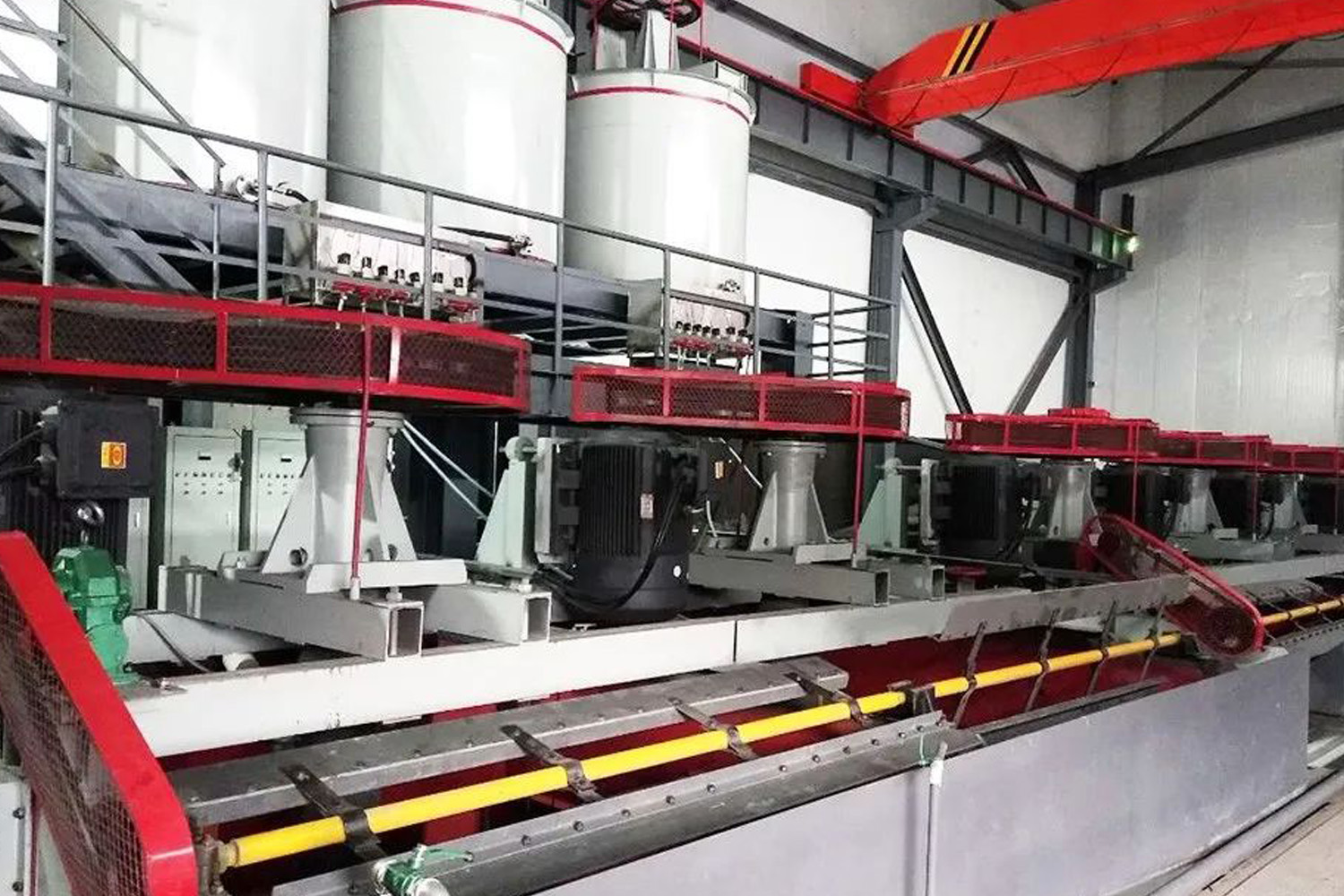Fine-grained iron ore refers to iron ore with a particle size of less than or equal to 10 microns, which is difficult to recover. Due to the small particle size and a large number of hydrated oxides on the surface, the yield of direct magnetic separation is low. Therefore, it is necessary to comprehensively use a variety of mineral processing technologies to improve the separation efficiency and recovery rate.
It is important to improve the methods of of mineral processing for fine-grained iron ore in the development of fine-grained iron ore of mineral processing.

Five methods for improving the mineral processing of fine-grained iron ore
Selective and efficient grinding
In the mineral processing technology of fine-grained iron ore, the phenomena of insufficient grinding and over-grinding exist at the same time. This situation is caused by simply relying on mechanically reducing the size of ore particles to increase the degree of dissociation. The key point is to increase the effective particle size content that is beneficial to sorting. Therefore, it is of great significance to carry out targeted grinding of fine-grained iron ore, which can classify the dissociated qualified particle size materials as soon as possible, and reduce excessive Grinding, improve grinding efficiency. Effective selective grinding can increase the fineness of coarse grinding and reduce over-grinding, so as to optimize the mineral composition of the selected materials and achieve the purpose of improving both grade and recovery rate.
Ultra-fine grinding technology
In order to achieve the purpose of high-efficiency fine grinding, measures such as changing the structure of the ball mill, the shape of the mill liner and the shape of the grinding medium can be taken. Due to the large power consumption of the ball mill itself, it also affects the particle size range of the grinding product. In the grinding of fine-grained iron ore, the grinding efficiency is lower and the energy consumption is higher. When the particle size distribution of the grinding product is wide, the phenomenon of over-grinding will be more serious. Therefore, a more suitable type of mill for fine grinding is required to improve the particle size composition of the grinding product and reduce energy consumption.
High-intensity magnetic separation technology
High-intensity magnetic separation technology refers to a technology that uses high-intensity strong magnetic field to act on fine-grained iron ore to separate it. Its advantages are high sorting efficiency, high recovery rate, and no waste residue and pollution.
Strong magnetic separation technology is mainly reflected in the selection and use of strong magnetic separators, among which vertical ring pulsating high gradient strong magnetic separators and flat ring strong magnetic separators are widely used in the application of fine-grained weak magnetite.
High-gradient magnetic separation technology is based on the non-uniformity of materials in the magnetic field, and generates magnetic gradients in the longitudinal and transverse directions, thereby realizing the separation of iron ore.
During separation, the pulsation mechanism drives the ore pulp to generate pulsation, so that the ore particles in the separation area remain in a loose state, making the magnetic particles easier to be captured by the magnetic medium, and the non-magnetic particles pass through the magnetic medium as soon as possible and enter the tailings.
As a kind of mineral processing equipment, the flat-ring strong magnetic separator has a higher separation magnetic field strength, and has a good recovery effect on fine-grained minerals and a high recovery rate.

Fine particle flotation technology
In the flotation process of fine-grained minerals, there are a series of problems such as low mineralization efficiency, large consumption of chemicals due to fine mud cover, serious mechanical inclusions, and reduced air bubble load capacity. The flotation column has shown great advantages in the flotation of fine-grained ore.
Because the bubble particles of the micro-bubble flotation column are much smaller than the flotation machine, and based on the multiple sweeping effects of the circulating pulp, the fine-grained weak magnetite Good results were obtained in the application.
Reasons for the Good Separation Effect of Microbubble Flotation Column on Fine Iron Ore
Microbubbles provide fine particle mineralization conditions.
Due to the small diameter, the microbubbles are mostly in a laminar flow state, making it easy for fine materials to absorb and not easy to fall off. In addition, under the same gas filling conditions, the smaller the bubble size, the more the number, and the larger the specific surface area of the bubbles per unit gas filling volume, which directly increases the chance of bubbles and ore particles adhering, and improves the flotation recovery capacity.
The formation of microbubbles improves the mineralization efficiency of fine particles.
It is believed that the mineralization collision probability is proportional to the square of the bubble diameter, and the flotation rate constant is inversely proportional to the cube of the bubble diameter. Obviously, the formation of microbubbles is an important condition for the separation of fine materials.
Efficient flotation agent
Due to the fine particle size of my country’s lean hematite and the severe mudification during the fine grinding process, the anion reverse flotation technology that is resistant to ore slime is widely used in China. The four reagents are NaOH, causticized starch, lime and fatty acid collectors. The combination of systems has also become a classic pharmaceutical system. On this basis, progress has also been made in other agents for gangue minerals such as chlorite and hornblende, which are of great significance for the separation of fine-grained and weak magnetite.
Final Words
The above are the five aspects that need to be paid attention to in the development of fine-grained iron ore mineral processing. At present, as the particle size of selected iron ore is gradually refined, most iron ore mineral processing plant will adopt a combined process consisting of multiple mineral processing methods for separation. Therefore, for the mineral processing of fine-grained iron ore, it is recommended to tailor the process flow that suits you through the mineral processing test, and rationally choose the appropriate iron ore mineral processing method according to the final mineral processing test report.
